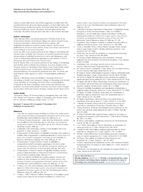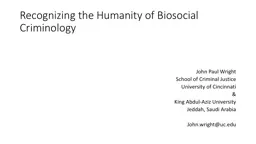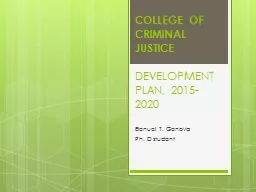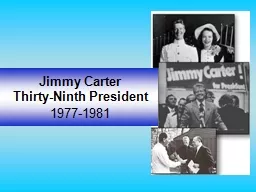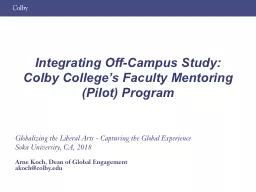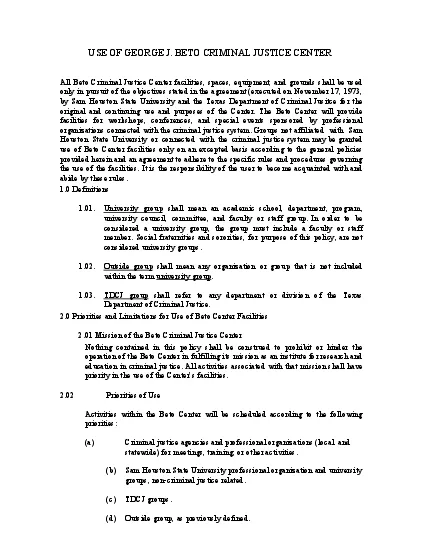PDF-RESEARCH Open Access Through a computational lens using dual computercriminology degree
Author : giovanna-bartolotta | Published Date : 2014-12-14
The development of mathematical and computational methods along with the emergence of cyberspace demonstrates the need for innovative degree programs that focus
Presentation Embed Code
Download Presentation
Download Presentation The PPT/PDF document "RESEARCH Open Access Through a computati..." is the property of its rightful owner. Permission is granted to download and print the materials on this website for personal, non-commercial use only, and to display it on your personal computer provided you do not modify the materials and that you retain all copyright notices contained in the materials. By downloading content from our website, you accept the terms of this agreement.
RESEARCH Open Access Through a computational lens using dual computercriminology degree: Transcript
Download Rules Of Document
"RESEARCH Open Access Through a computational lens using dual computercriminology degree"The content belongs to its owner. You may download and print it for personal use, without modification, and keep all copyright notices. By downloading, you agree to these terms.
Related Documents

